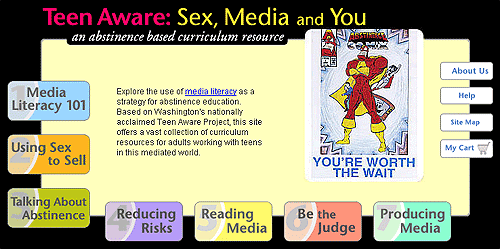





 
|
|

- Truth & Consequence: Youíre watching a movie. Itís the fight scene. A couple of people duke it out in the neighborhood store. In the process, they cause damage by shoving each other into items and using items as weapons. The next scene of the movie shows the hero with his friends later than evening. Whatís missing from this encounter? How about all the realities related to violence? Who is going to clean up the mess? Who will pay for the damage? How much will the doctor cost? Find a scene of physical violence in a movie. See if any of the consequences of the violence are covered. Are these consequences ever covered? Why or why not? Rewrite the scene, including the consequences. How does this change things?
- Down for the Count: Is television really violent? Find out for yourself. Brainstorm a list of types of violent actions. Include physical actions (e.g., hitting) as well as verbal actions (e.g., name-calling). Watch a variety of shows, recording the amount of violent actions you observe. Tally your results. Is violence necessary? How might it be harmful? Prepare a short presentation for young people about violence in the media, including what youíve observed. This might be an oral speech, a power point presentation, a poster, or a skit. Contact local elementary schools and other community organizations to find an audience. Get the message out there!
- Explore the use of media literacy as a strategy for abstinence education. Based on Washington's nationally acclaimed Teen Aware Project, this site offers a vast collection of curriculum resources for adults working with teens in this mediated world.
www.teenawareresources.org

[Back to Top]
|


